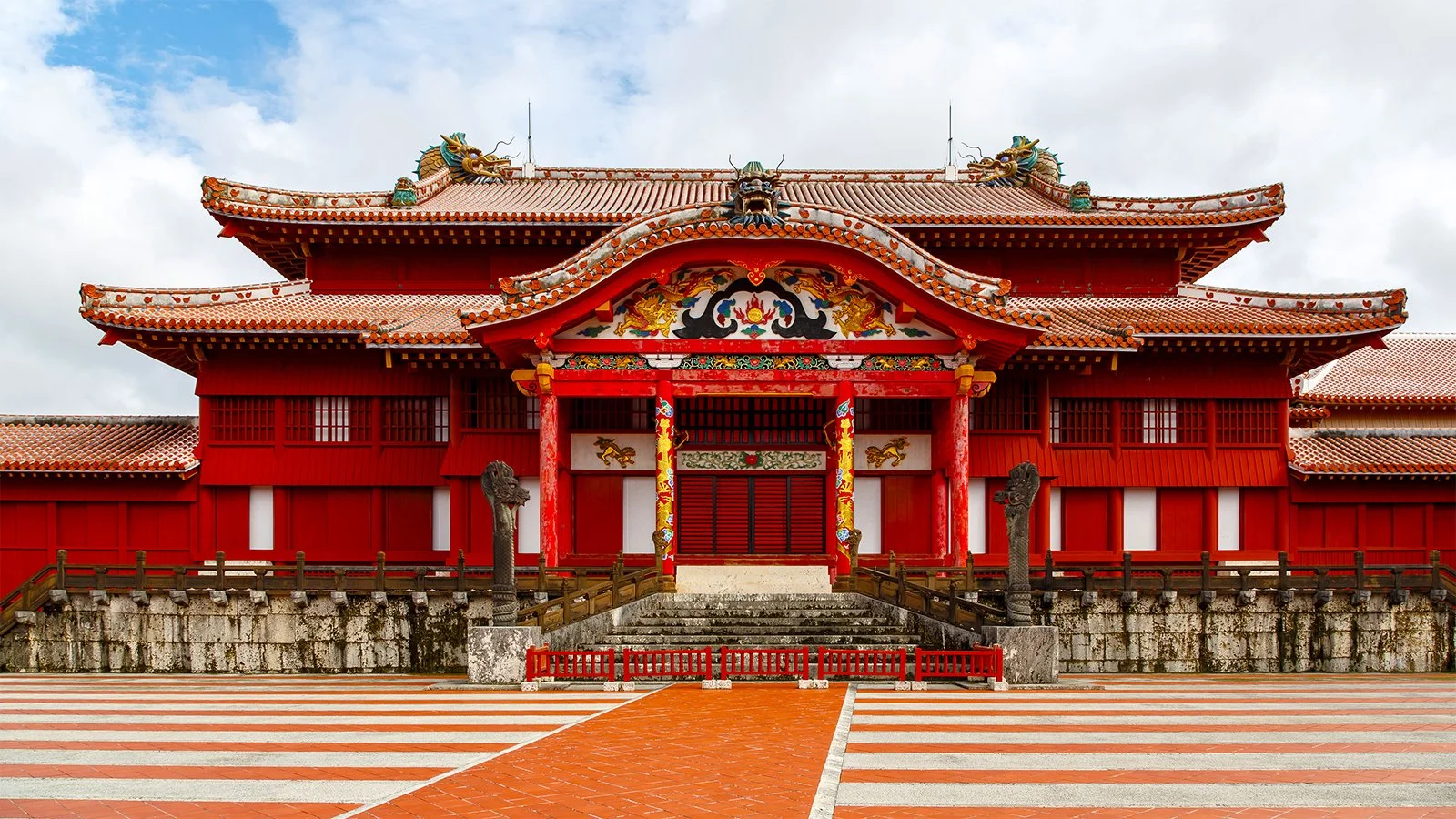Intro to Okayama

Featuring one of Japan’s great gardens and most beloved legends, Okayama is a delight.
Cover photo: View of Korakuen decorated with koinobori (鯉のぼり) [carp streamers] for Children’s Day, Okayama, Japan (2023). Photo by Danny With Love.
Intro
With a population of some 700,000 people, Okayama City (岡山市) is the capital of Okayama Prefecture (岡山県), the largest metropolitan area in the Chugoku Region, after Hiroshima. Okayama is known first and foremost as home to one of Japan’s three great landscape gardens, Korakuen.
Also known for its comparatively dry weather, Okayama is called the Land of Sunshine. The area hosts a booming agriculture industry, growing peaches and grapes. Situated halfway between Hiroshima and Osaka, Okayama is easily accessed by the Tokaido-Sanyo Shinkansen.
The city of Okayama developed as a seaside castle town during the Edo Period (1603-1867), offering access to the Seto Islands. Today, the surrounding prefecture is a manufacturing hub, including the town of Kojima which is famed for world-class denim textiles.
The prefecture also includes the historic merchant city of Kurashiki, with its quaint canals and gondolas. The landmark Ōhara Museum of Art is the nation’s first-ever institution dedicated to showcasing Western artworks, featuring a collection of 20th century masterpieces from Europe.
Okayama’s Saidai Temple also hosts the nation’s largest Hadaka Matsuri (裸祭り) [Naked Festival]. Held in February, men clad in nothing but fundoshi (褌) [loincloths] and socks clash for blessed sticks to receive good fortune in the new year.
Korakuen
Along with Kairakuen in Mito, Ibaraki, and Kenrokuen in Kanazawa, Ishikawa, Okayama’s Korakuen is lauded as one of “Japan’s Three Great Gardens” (日本大三名園), each established in the feudal Edo Period (1603-1867).
Korakuen is designed as a kaiyūshikiteien (回遊式庭園), or strolling garden, and the wide, open space offers a scenic promenade through its winding paths. It’s said to be the first in Japan to incorporate grass lawns. The garden is also known for breeding red-crowned cranes, which are released on special occasions including New Year’s Day.
The name Korakuen (後楽園) is derived from the old Chinese proverb senyu koraku (先憂後楽), meaning “Hardship now, pleasure later.” Hence “Korakuen” can be translated as “The Garden of Delayed Pleasures.”
The garden was first developed from 1687 to 1700, at the command of daimyo (大名) [feudal lord] Tsunamasa Ikeda (池田 綱政), and it was finally opened to the general public in 1884, amidst Meiji Modernization, with the administrative reorganization from domains to prefectures.
Korakuen suffered intense flooding and bombing during World War II, but it was faithfully restored thanks to historical records. Today, the site includes a tea plantation, teahouse, multiple tree groves, ponds, and Noh theater stage.
The garden hosts a variety of annual events, including seasonal festivals and illuminations. Upon my visit during Golden Week, I was happy to see many koinobori (鯉のぼり) [carp streamer] decorations for Children’s Day.
Crow Castle
Across the Asahi River — filled with paddle boats during my visit — lies Okayama Castle, which was completed in 1597 by Ukita Hideie (宇喜多 秀家), a vassal of Hideyoshi Toyotomi (豊臣 秀吉). Ownership of the castle passed to the Kobayakawa Clan and lastly the Ikeda Clan.
The keep is unique in that it features a pentagonal-shaped base, and, due to its black cladding, the castle is known as Ujo (烏城), the Crow Castle.
The main tower was destroyed during World War II and finally rebuilt in 1966. The sleek new structure is made of concrete, and is largely handicap-accessible, with the elevator reaching four of the keep’s above-ground six floors.
Okayama Castle reopened just last year after major renovations, including earthquake reinforcement and a renewed exhibition space. Unfortunately there is little English language accommodation, but I was excited to hold Japanese swords and matchlock guns. Of course, the site offers many photo-opportunities as well.
Legend of Momotaro
Okayama also claims to be the home of Momotaro (桃太郎 / ももたろう) or Peach Boy, arguably Japan’s most popular folk hero.
According to legend, Momotaro was born from a peach found floating down a river, discovered by an elderly couple. The childless pair eagerly raised the boy as their own, though their village was plagued by dangerous oni (鬼) or demon-ogres, stealing local riches and even kidnapping children.
Momotaro grew up to be big and strong. One day, he decided to travel to Onigashima, or Oni Island, to defeat the monsters once and for all. His loving parents could not dissuade brave Momotaro, so they sent him with a pouch of kibi-dango (きびだんご) — a local specialty of sweet millet dumplings — for energy.
But Momotaro did not eat a single dumpling because he came upon a hungry dog, a monkey, and a pheasant on his route, each of whom he befriended by offering his kibi-dango. With the gratitude of a full stomach, all three creatures agreed to help Momotaro in his quest. Because of his kindness, Momotaro defeated the oni together with his new animal companions, rescuing the village’s lost children and treasures, finally restoring peace to the land.
Today, visitors will find many references to Momotaro around the prefecture, including a bronze statue just outside Okayama Station, which serves as a popular meeting point.
Conclusion
I had not initially planned on sight-seeing around Okayama. It was merely a stopover on my Golden Week itinerary between Himeji and Naoshima, but I was curious to see the nationally-renowned garden. Coupled with the nearby castle, the experience was a true delight. I would be happy to visit again, and to explore more of the prefecture. I think the area offers something appealing for everyone, and it deserves a brief visit.
Posing with my friend Brooks (right) at Korakuen, Okayama, Japan (2023). Photo by Danny With Love.





